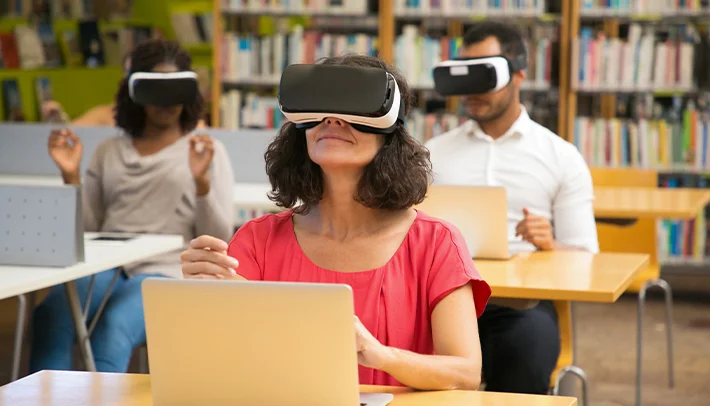The Importance of Interdisciplinary Learning for Tech Innovators

It begins with a question that doesn't neatly fit in one class. A student coding a mobile health app comes to understand she needs to know biology as well as code. A robotics aficionado asks if psychology can make machines more human-friendly. A young programmer creating a climate simulation requires data, yes, but also geography, economics and public behaviour.
This is where true innovation starts. Not in the remote corners of a single subject, but in the areas where different disciplines intersect. There, technology transcends mere function. It becomes significant, human and strong.
For the future generation of tech innovators, it is not enough to know how to build. Understanding why, for whom, and with what effect is equally crucial. This is the essence of learning across disciplines.
Let's find out how and why this strategy is influencing the innovators of the future.
1. Innovation Lives at the Intersection
Some of the most impactful technologies are created when disciplines intersect.
- A voice assistant will only function if language, sound processing and AI intersect
- A wearable health device requires input from medicine, design and data science
- A smart city system leverages civil engineering, computer science and sociology
In all these cases, one discipline doesn't have the whole solution. Innovation is the result of ideas crossing boundaries and colliding with others they never intended to collide with.
2. Problem Solving Requires Multiple Lenses
Tech innovators tend to have problems that are complex and multi-faceted. Consider urban pollution. It's not merely a chemistry problem. It's a transportation problem, a behavioural problem, and a policy problem.
Interdisciplinary learning provides emerging engineers with the capacity to:
- Analyse a problem into its technical, social, and environmental components
- Ask improved questions through employing various types of thinking
- Be aware of the larger picture while attacking nitty-gritty solutions
It is similar to camera lens switching. Sometimes you zoom in. Sometimes you need the wide-angle view.
3. Collaboration is the New Core Skill
In the outside world, projects do not remain within departments. A product team may consist of a coder, a psychologist, a designer and a market analyst working together.
- Communicate with others who think differently
- Learn to convert technical thoughts into non-technical collaborators
- Honor and leverage the value of non-engineering knowledge
Interdisciplinary learning does not only teach students how to build alone, but to build together.
4. Speedier Learning, Sharper Thinking
As students explore more than one discipline, their minds change in unexpected ways.
- They are more skilled at pattern recognition, making connections between ideas in one area and another
- They learn to manage ambiguity, as not everything has clear-cut rules
- They become used to curiosity, as each new subject unlocks more possibilities
This kind of mental flexibility is a hidden strength for any technology innovator confronting new problems.
5. Ethics, Empathy and the Human Side of Tech
Technology is strong. But without ethics and empathy, it can be dangerous too. Interdisciplinary education introduces topics that are rarely found in technical courses but are absolutely necessary for good innovation.
- Philosophy and ethics encourage engineers to consider consequences and equity
- Psychology and anthropology instruct them on how humans use and respond to technology
- Literature and art broaden minds beyond data to hear stories and voices
These views assist in formulating solutions that are not only efficient but moral and equitable.
6. Career Flexibility and Continuous Learning
In a world of rapidly changing technologies, being too specialized can prove to be a hindrance.
- Interdisciplinary learners are more easily able to change careers
- They welcome retraining, since learning is already on their radar
- They tend to establish new areas by combining old ones in novel ways
This flexibility makes them not only job-ready, but future-ready.
Constructing the Future with More Than a Single Tool
It was said by a good engineer, if the only tool you have is a hammer, every problem begins to appear like a nail. It is the same with technology. If you know only one area of study, every solution starts to look the same.
But with interdisciplinary education, the tool box expands. So does the imagination.
The greatest technology innovators are more than builders. They are bridge-builders. They connect people, domains and ideas that normally reside in separation. And as they do, they don't merely build superior technology. They build superior futures.